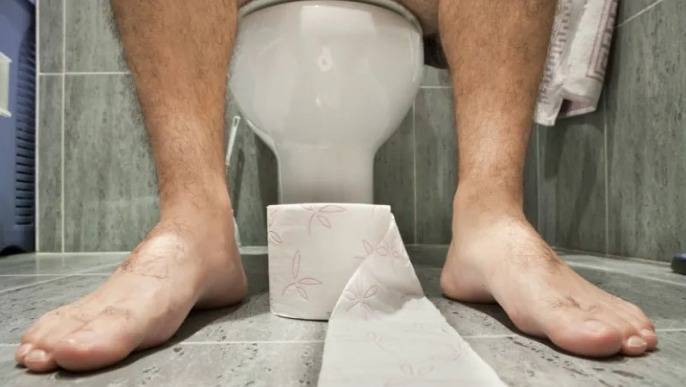Understanding how Indians clean their bottoms necessitates a closer look at Indian culture. It requires an examination of the Indian concept of purity and pollution. This analysis reveals how the culture views cleanliness, differs from the West and governs hundreds of millions of people’s daily rituals. But did you know Indians, like most Asians, prefer cleaning with water over toilet paper?
Toilet paper is not a common household item in India. Instead, it is considered sanitary to splash yourself with water and clean yourself with your bare hands.
The Squat Toilet
In India, the traditional toilet is a squat toilet with a water hose or faucet, a small mug of water, or a lota.
The squat toilet may appear frightening, but it has some physical advantages. The most ergonomic way to use the restroom is to squat. It may aid in preventing fecal stagnation, which has been linked to colon cancer, inflammatory bowel disease, and appendicitis.
The squatting body position allows you to defecate more quickly and easily, which may reduce your risk of hemorrhoids. You also avoid touching your skin on the toilet seat, which may help to reduce the spread of some bacteria. (Source: Chainomad)
Toilet Deficiency
The World Health Organization Opens in a new window. It was discovered that 2 billion people worldwide do not have access to toilets or latrines. Six hundred seventy-three million people still use open-air restrooms, such as gutters or near bodies of water.
The BBCOpens in a new tab. Reports that nearly half of India’s population does not have access to a toilet at home.
People have permanently wiped with whatever they had on hand. Before toilet paper, people used fruit peels, moss, rocks, sticks, apple husks, corn cobs, rags, leaves, and the local water supply. Rich people would wear softer fabrics such as hemp, lace, or wool.
Later in the United States, people would use the Sears Catalog or the Farmer’s Almanac, which came with a hole already drilled in the book for easy hanging in the bathroom. You could read while wiping.
Toilet paper was not invented in the United States until the 1800s, when it was mass-marketed. And it actually originated in China many centuries ago. (Source: Chainomad)
The Purity of Water
Praveen Kishore discusses the worldview of Indians and Southeast Asians in the Fair ObserverOpens in a new tab. And how being pure influences their actions.
Purity is essential in Hinduism. Shoes are not permitted in temples because they are considered unclean. In the city where I live, there was a lengthy Facebook discussion about people not bringing shoes into the ashram, even if they were in plastic bags in their backpacks.
However, Praveen Kishore explains that the concept of cleanliness or purity extends beyond physical cleanliness to include your spirit and soul.
Showering is thought to purify your soul and spirit, while washing with water is thought to cleanse your body and soul.
The Indian psyche does not distinguish between cleaning, which is hygienic and clinical, and purifying, which is ceremonial and religious.
Of course, cleaning your butt with your fingers makes them impure, which is why people wash their hands with soap; the left hand is considered impure. This is also why people don’t eat or shake hands with their left hand. (Source: Chainomad)
Image from DudeProducts
